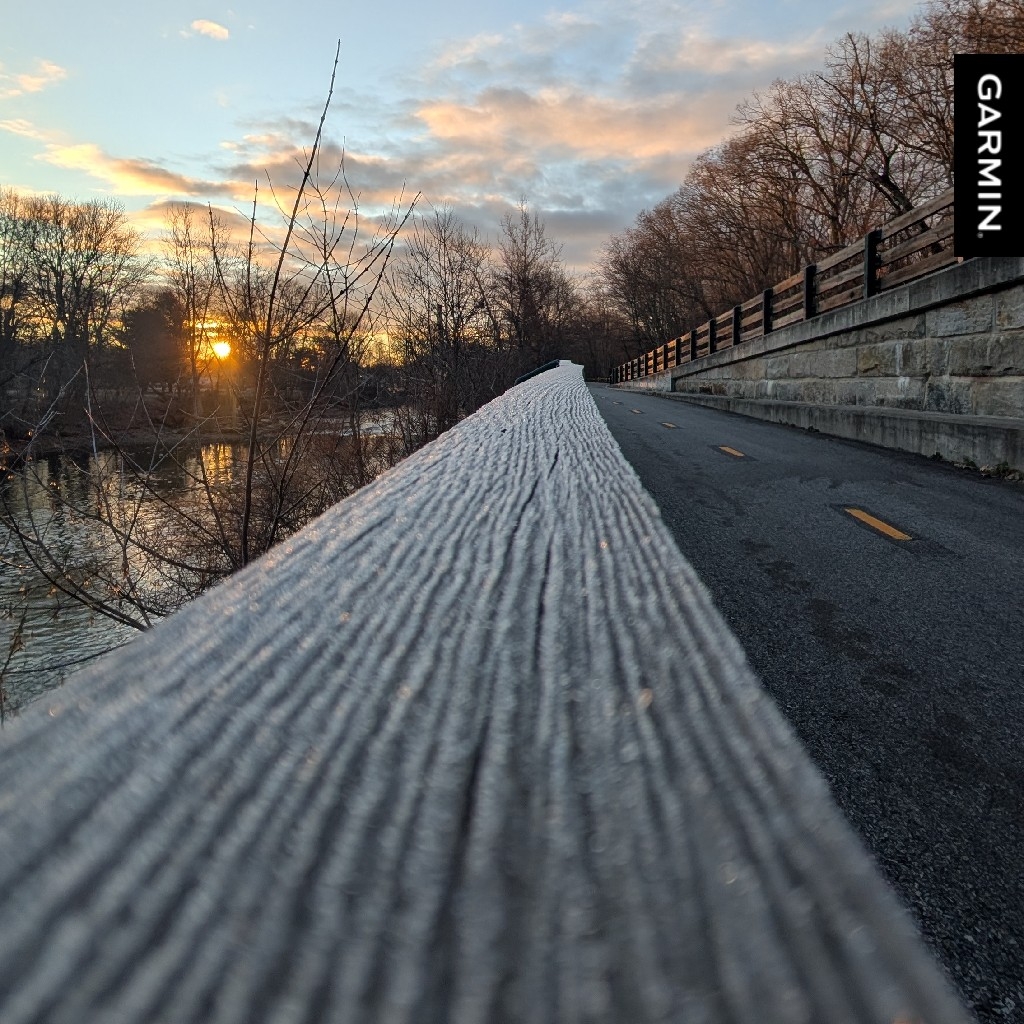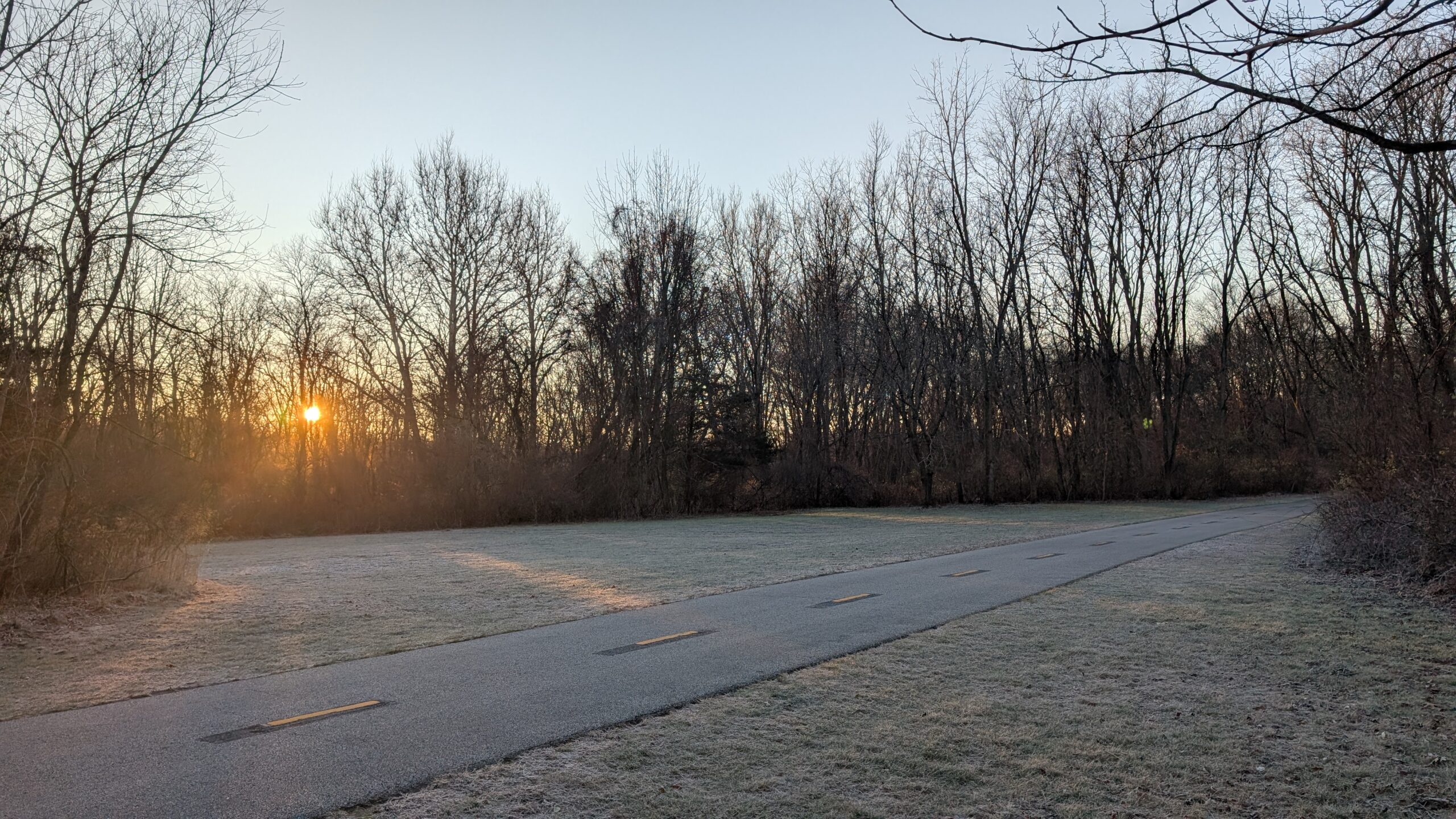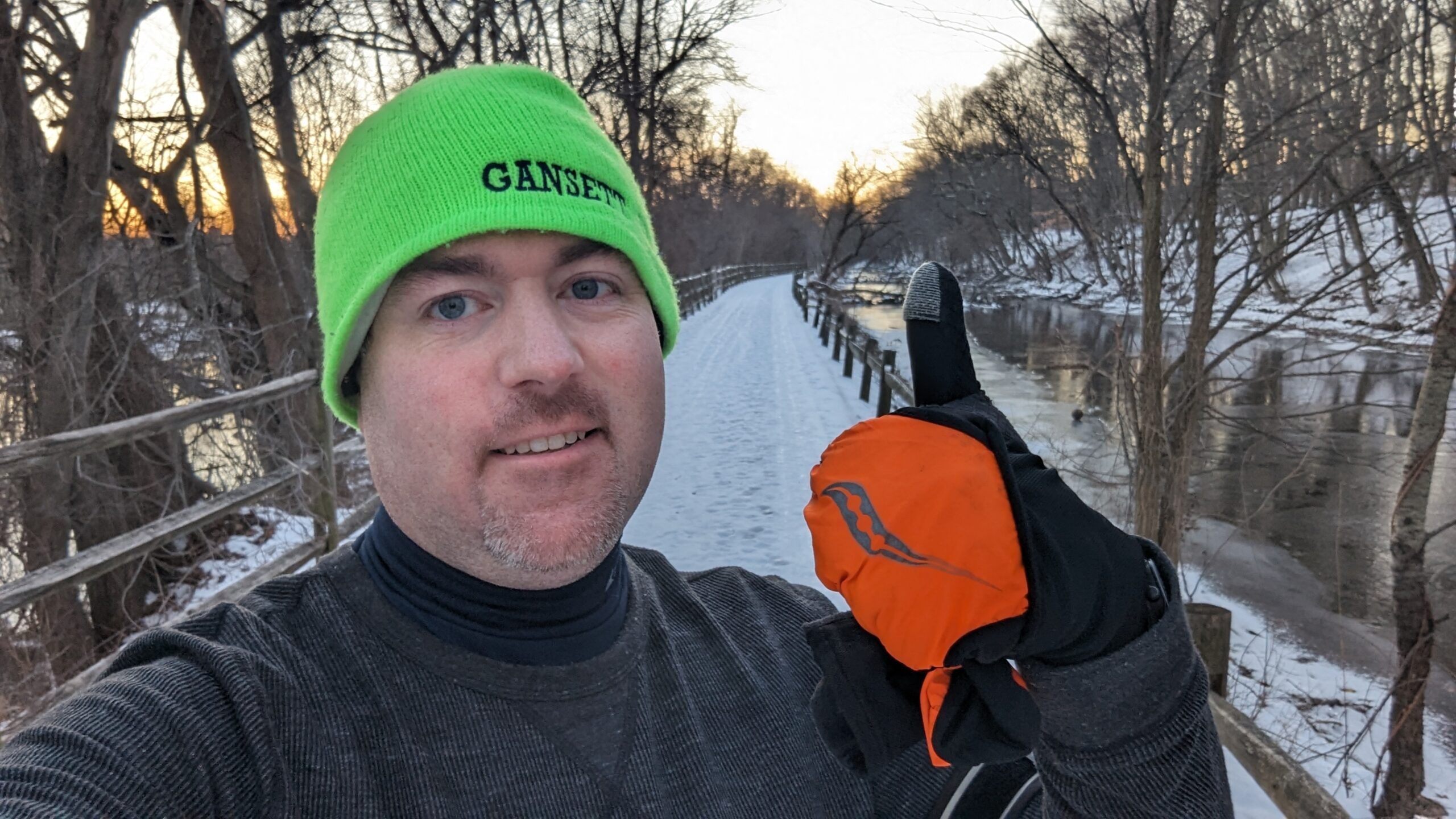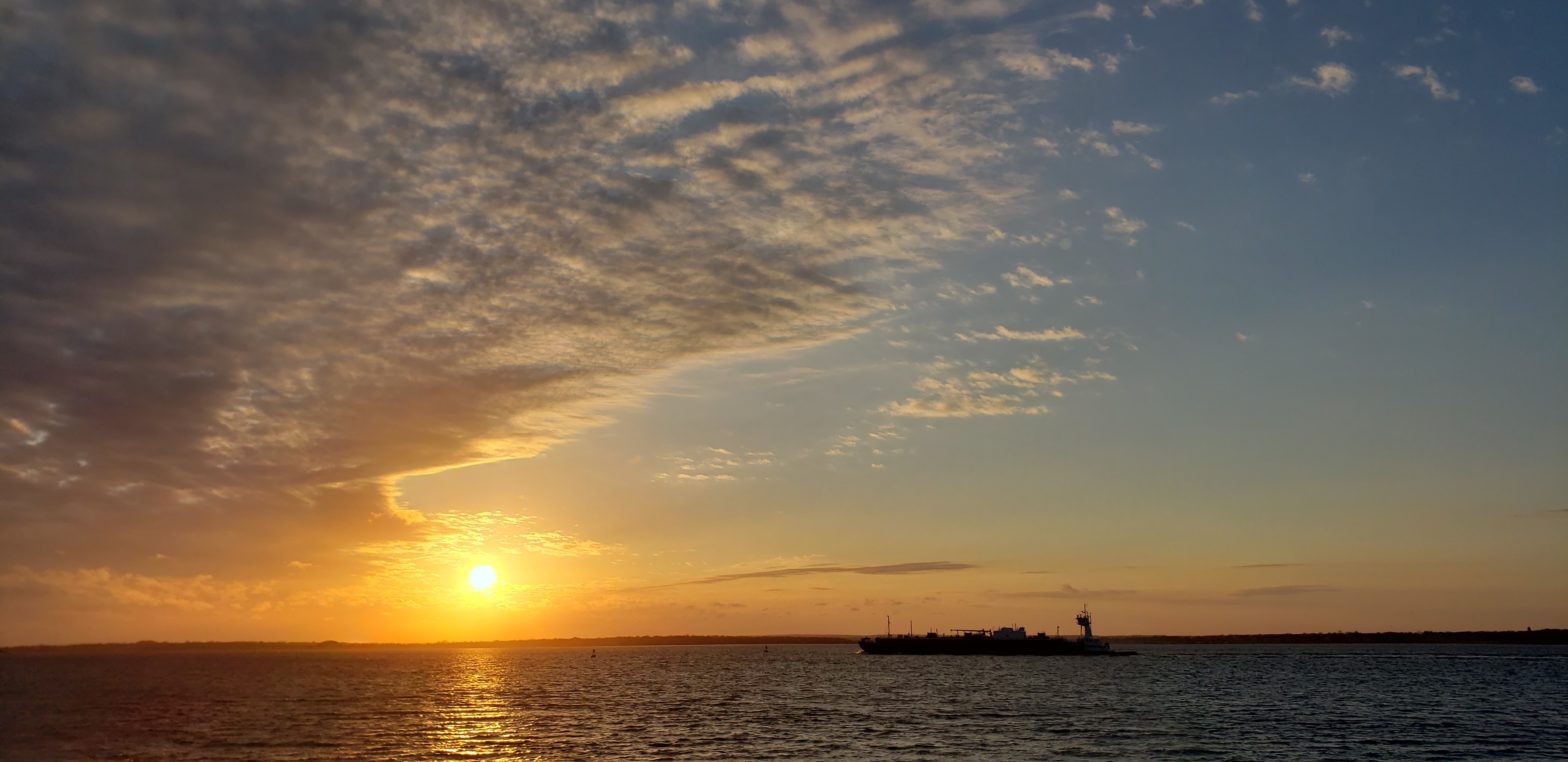Yesterday, I noticed what appears to be a transient shelter in the woods right along the banks of the Blackstone River. The tall structure seems to be built with gathered wood and rope lashings. There are even a few steps in front of the entrance, suggesting an elevated floor off the ground.
The structure is far enough off the running path that I’ve likely been running past it for months without it catching my eye. By the looks of all the tarps, it may be occupied, and given the recent cold temperatures, it’s a reminder that many are suffering. My assumptions could be completely wrong. It may not be a homeless shelter situation, but it does make me think about what the situation might be.
This discovery coincides with my recent reading of a poignant Esquire article titled “The Invisible Man” by Patrick Fealey, a former Boston Globe reporter currently experiencing homelessness in southern Rhode Island.
“We see right through the unshowered soul living in a car by the beach, or by the Walmart, or by the side of the road. But he’s there, and he used to be somebody. He still is. A firsthand account of homelessness in America.”
Absolutely worth reading; here’s the link: https://www.esquire.com/news-politics/a62875397/homelessness-in-america/
The combination of Fealey’s powerful narrative and the sight of the potential shelter along my running route has captured my thoughts while running over the past few days. While I don’t have any big thoughts or ideas to share, I’m struck by the complexity of individual stories and the challenges we face as a society in addressing homelessness.
Perhaps the most important thing we can do is to cultivate empathy and kindness. Each person we encounter, regardless of their circumstances, has a unique story and inherent worth. As we navigate our own lives, let’s strive to be more aware of those around us who might be struggling and find ways to help when possible.















